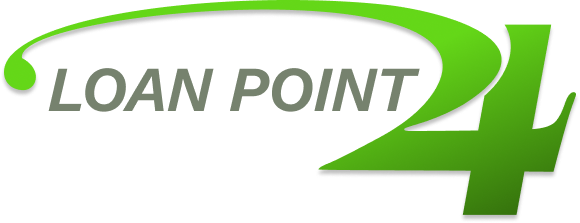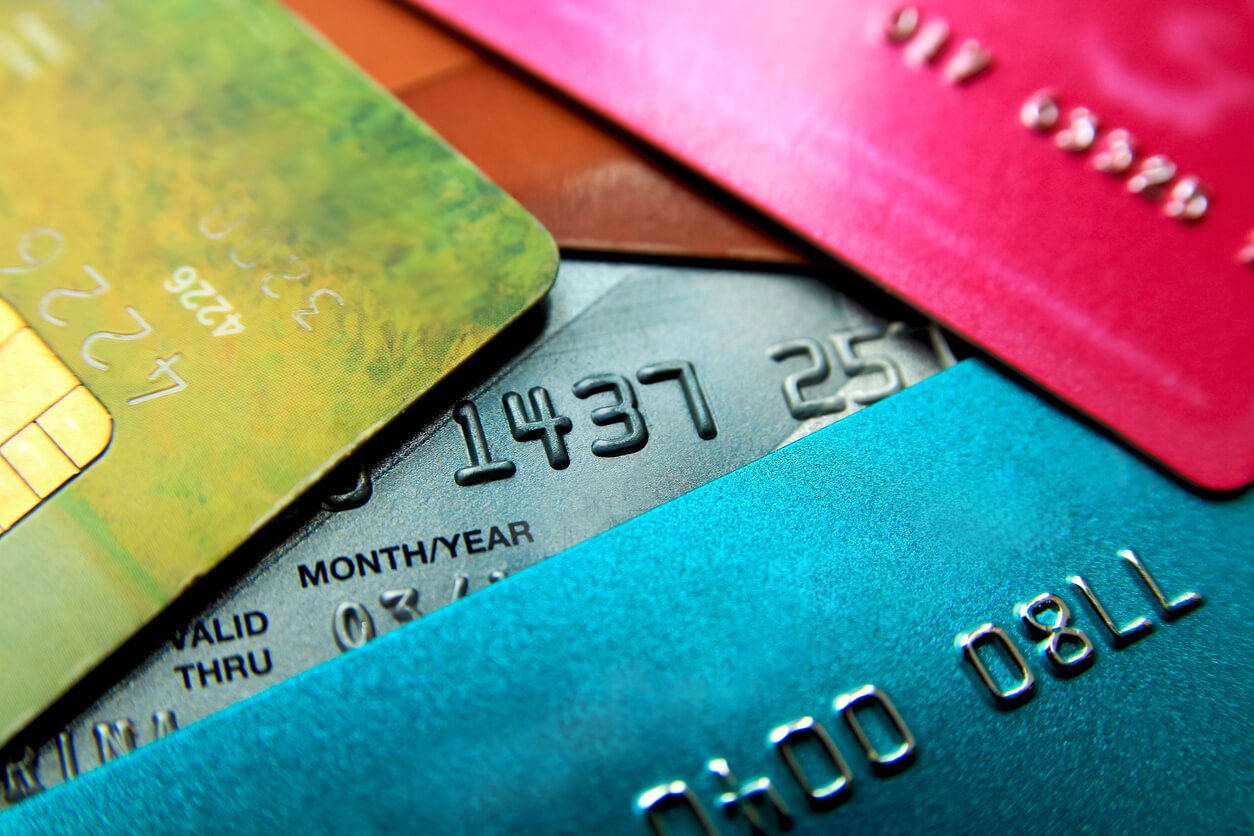If you’re juggling credit card payments, it can feel tough to stay on track and get ahead. Through credit card debt consolidation, it’s possible to simplify the repayment process and merge multiple payments into one, ideally with a better interest rate. You do this by taking out a new loan.
While credit card consolidation can be beneficial and may lower payments and the total amount of interest you owe, there are risks to consider. Below we cover the top six ways to consolidate credit card debt and the pros and cons to consider.
How to consolidate credit card debt
Choosing to consolidate debt isn’t a choice to make lightly. You’re essentially fighting debt with another loan, which can be risky. If done right, it may help, but how you do it matters as well.
“Before considering any debt consolidation method, you need to work on paying down your debt,” says Jay Zigmont, Ph.D., CFP® professional and founder of Live, Learn, Plan, a registered investment advisor based in Mississippi. “The first step is to lock all of your credit cards and stop taking out loans. It is very hard to get out of debt when you are taking out more at the same time.”
Understanding the root cause of debt can help you make meaningful change and use the debt consolidation strategies below effectively.
1. Consolidate your debt with a personal loan
Personal loans can be used for different things, but one common way to use them is to consolidate high-interest credit card debt. In general, personal loans tend to have more competitive interest rates. Using a personal loan, it’s possible to pay off existing credit card debt and then pay the personal loan back with less interest.
“A personal loan might lower your interest rate and end up with just one bill to pay. Just make sure you do not use a personal loan to pay off your credit cards just to load them up again,” suggests Zigmont.
| Pros | Cons |
|---|---|
| Typically have a fixed interest rate | May be difficult to get approved for a low rate if you don’t have good credit |
| Fixed monthly payments, which can be easier for budgeting | Lenders may tack on fees |
| Most personal loans are unsecured, so don’t require upfront collateral | Repayment term may be shorter, which could mean higher monthly payments |
When shopping for a debt consolidation loan, consider the interest rates, fees, loan terms, as well as the lender’s reputation. Business Insider’s roundup of the best debt consolidation loans is a good place to start.
2. Transfer debt to a balance transfer credit card
If your credit is strong, you may be able to leverage one of the best balance transfer credit cards as a tool to consolidate credit card debt. Balance transfer credit cards offer an introductory 0% balance transfer APR for a limited amount of time, and you can use that to your advantage by rolling over your balance from another credit card and save on interest.
But just keep in mind that this option is only helpful if you’re able to pay off all or the majority of debt that you transfer over during the introductory offer timeframe. If not, the card’s APR will revert to normal and would negate any savings you’d otherwise benefit from.
“Many people play credit card roulette and move balance from one card to another,” says Zigmont. “Keep in mind that even if it is a 0% interest offer, there may be a balance transfer fee each time you move it. You’re not making progress if you are paying a transfer fee, and the promo interest offer goes away over time.”
| Pros | Cons |
|---|---|
| May offer low or 0% balance transfer APR for the introductory period | Interest rates can be high once the introductory period is over |
| Pay less in interest and therefore more toward the principal balance | Typically has a balance transfer fee |
| Streamline monthly credit card payments | Must meet eligibility requirements and possess strong credit |

